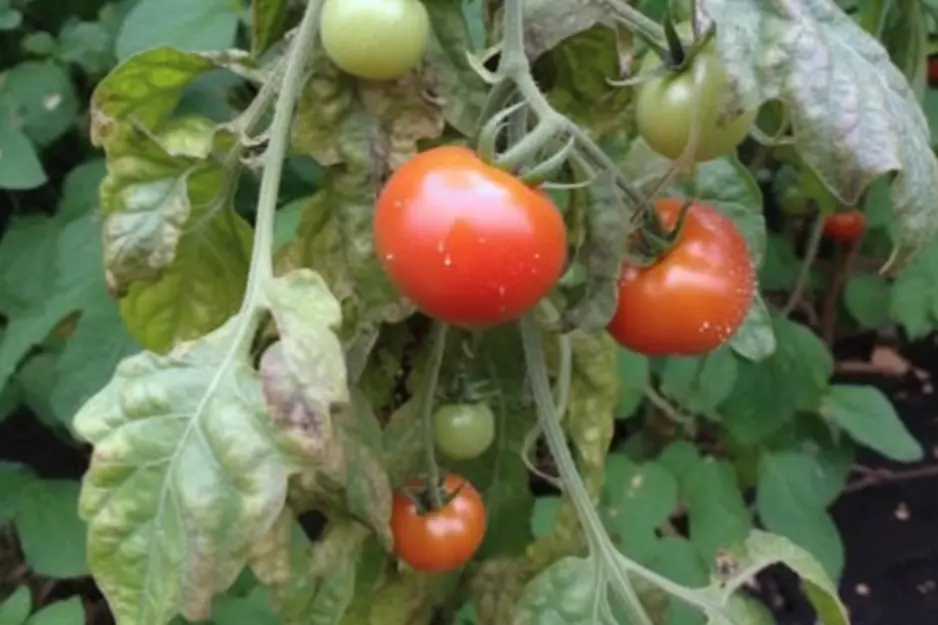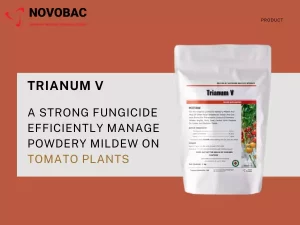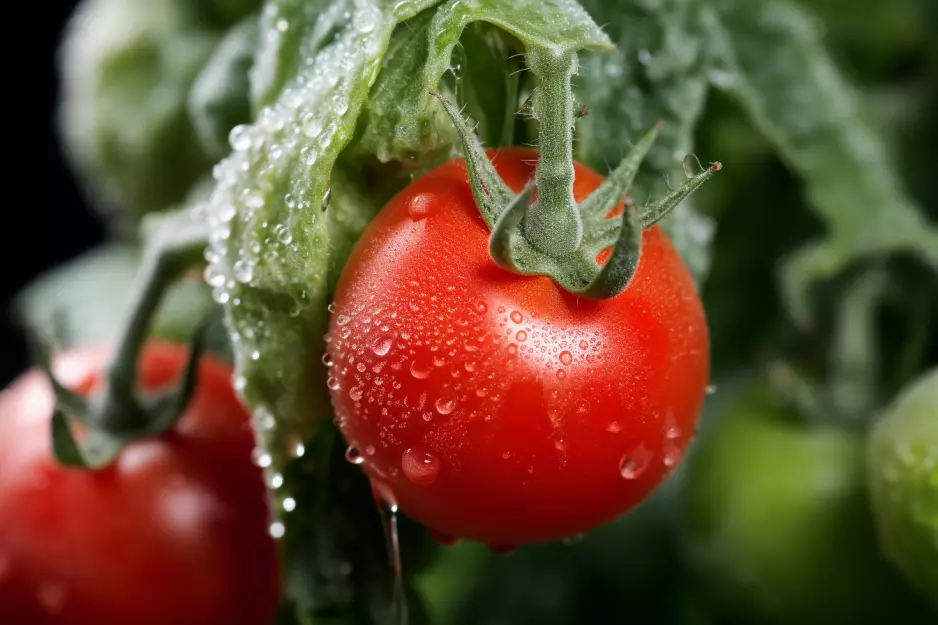In contrast to the backyard garden, commercial tomato fields and greenhouses are more likely to have it. Yet, the fungus harms plants and lowers productivity wherever it flourishes, regardless of where it targets. Although the fungi that cause powdery mildew need living plant tissue to develop, they do not actually “kill” tomato plants. Instead, they consume the cells of the tomato plant. What is the therapy for powdery mildew on tomatos, then?

A fungal disease known as powdery mildew causes a powdery, white or grey coating to develop on the leaves, stems, and occasionally the fruit of affected plants.
The disease, which is brought on by several fungi from the order Erysiphales, also damages tomato plants.
It may lessen the plant’s capacity for photosynthesis, which could lead to stunted growth, a lower yield, and subpar fruit quality. Planting resistant types, preserving optimal airflow and humidity levels, and using fungicides as required are all examples of prevention and control strategies.
Before the disease develops, tomato plant powdery mildew should be treated. Here are two things to think about for prevention of the disease:

There are numerous treatments available if tomato plants already have powdery mildew. Here are two things to take into account for treatment when the disease has already evidenced:
A strong fungicide called Trianum-V can efficiently manage tomato powdery mildew plants. The useful fungus Trichoderma harzianum strain T-22 is one of the substances used to make this biofungicide. Trianum-V protects against powdery mildew and other severe plant diseases by invading the plant’s roots and leaves.
Step1: Follow the label’s directions for diluting Trianum-V with water.
Step2: Use a spray bottle to apply the diluted solution to the leaves of tomato plants or the soil around the plants.
To stop powdery mildew from taking hold, apply Trianum-V early in the growth season, before the illness manifests itself. To maintain protection against powdery mildew and other plant diseases, repeat treatments every 2-4 weeks during the growth season. Generally speaking, Trianum-V is a secure and successful treatment for preventing tomato powdery mildew. You can assure healthy and fruitful tomato plants throughout the growing season by applying it correctly.

Powdery mildew tomato treatment includes applying fungicides, removing affected leaves, enhancing plant cleanliness, and modifying environmental conditions.
Although tomatoes with powdery mildew are not harmful or toxic, it is not advisable to eat them. In tomatoes, powdery mildew can reduce the fruit’s quality and flavor as well as speed up rotting and spoilage. Moreover, eating tomatoes with powdery mildew may make sensitive people have respiratory problems. To guarantee that tomatoes are healthy and safe to consume, it is therefore preferable to avoid eating tomatoes that have powdery mildew and instead concentrate on avoiding and treating the illness.
Powdery mildew on tomato leaves can be effectively treated with Trianum-V. Trichoderma harzianum strain T-22, a helpful fungus that colonizes the plant’s roots and leaves and builds a defense against powdery mildew and other detrimental plant diseases, is present in this biofungicide. Use Trianum-V to the soil surrounding tomato plants or directly to the leaves using a spray bottle after diluting the medication in accordance with the directions on the label to treat powdery mildew on tomato leaves.
As a result, powdery mildew on tomato leaves is a disease that is treatable and may be controlled in a number of ways, such as by using fungicides, removing affected leaves, and enhancing plant cleanliness. It is feasible to reduce the effects of tomato powdery mildew and produce a healthy, bountiful crop with the right treatment and preventative measures. Don’t give up if you spot powdery mildew symptoms on your tomato plants; there are ways to fight this widespread fungal disease and keep your plants healthy.
1.Caccavo, Vittoria, et al. “Effects of Trichoderma harzianum Strain T22 on the Arthropod Community Associated with Tomato Plants and on the Crop Performance in an Experimental Field.” Insects 13.5 (2022): 418.
2.El-Sharkawy, Hany HA, et al. “Boosting biopesticide potential of Trichoderma harzianum for controlling the downy mildew and improving the growth and the productivity of King Ruby seedless grape.” Egyptian Journal of Biological Pest Control 33.1 (2023): 61.
Cutworms in gardens are a major menace to all..
As a farmer,I inspect my fields daily to monitor..
It all started with a worried farmer named Mr...

Leave a Reply